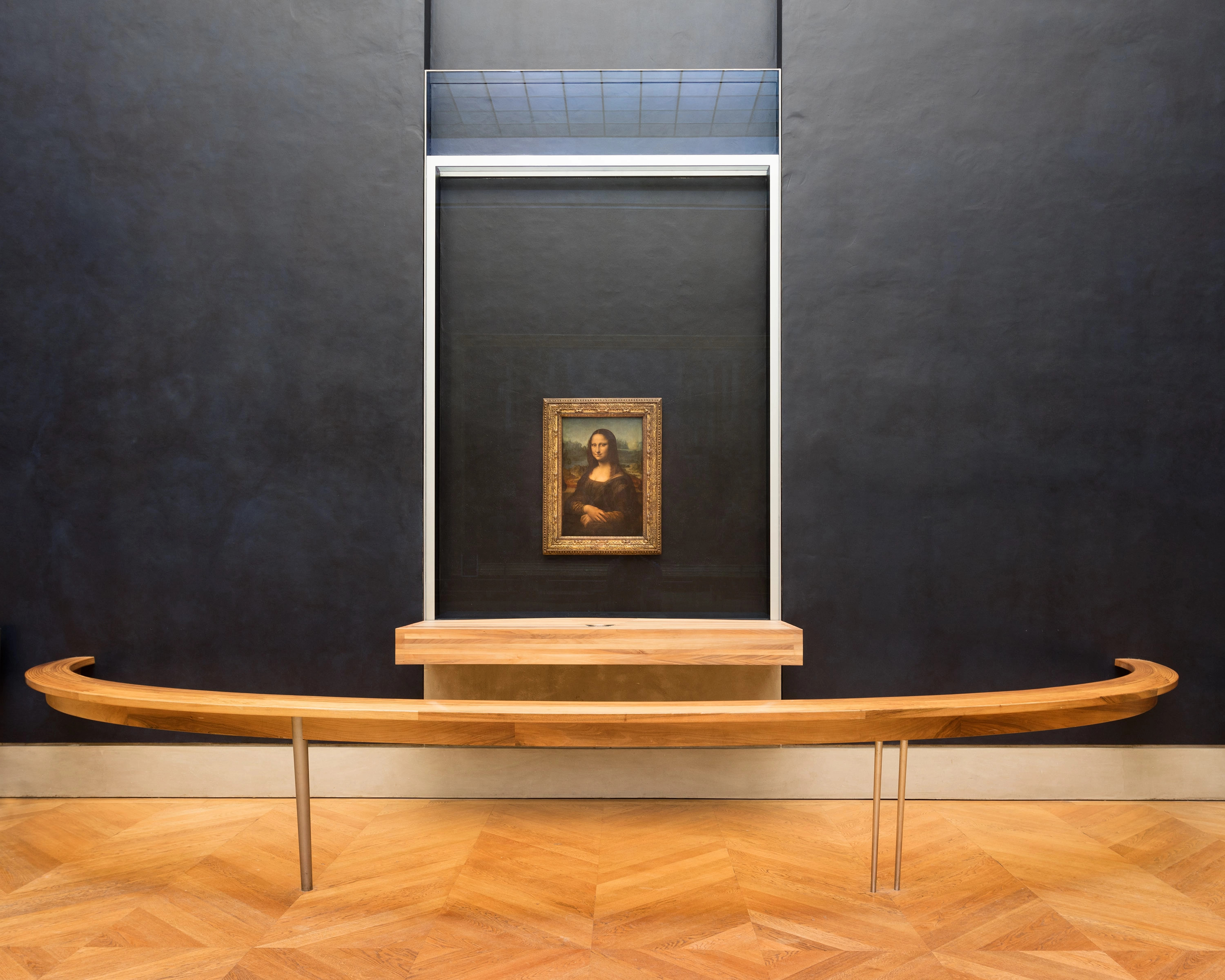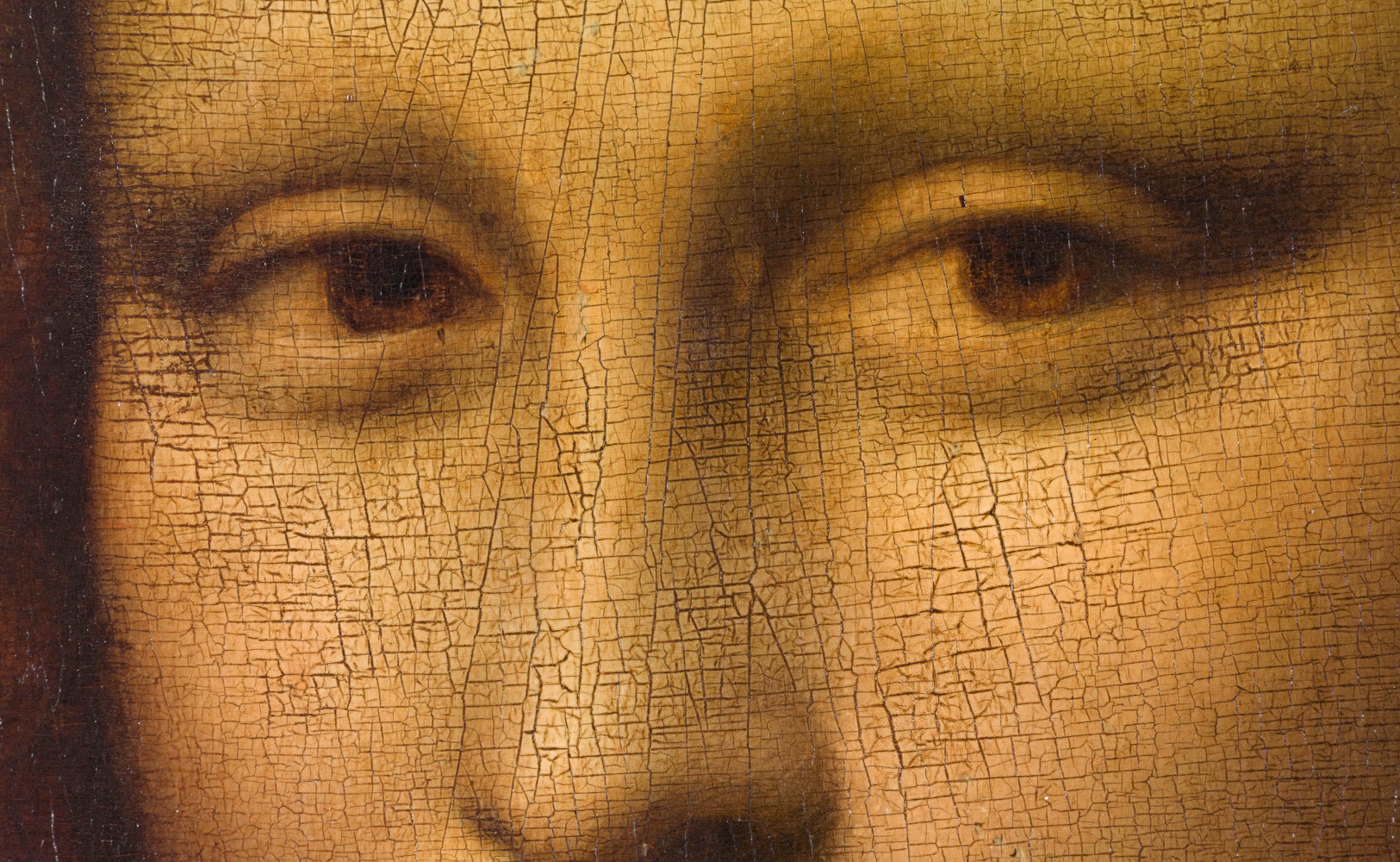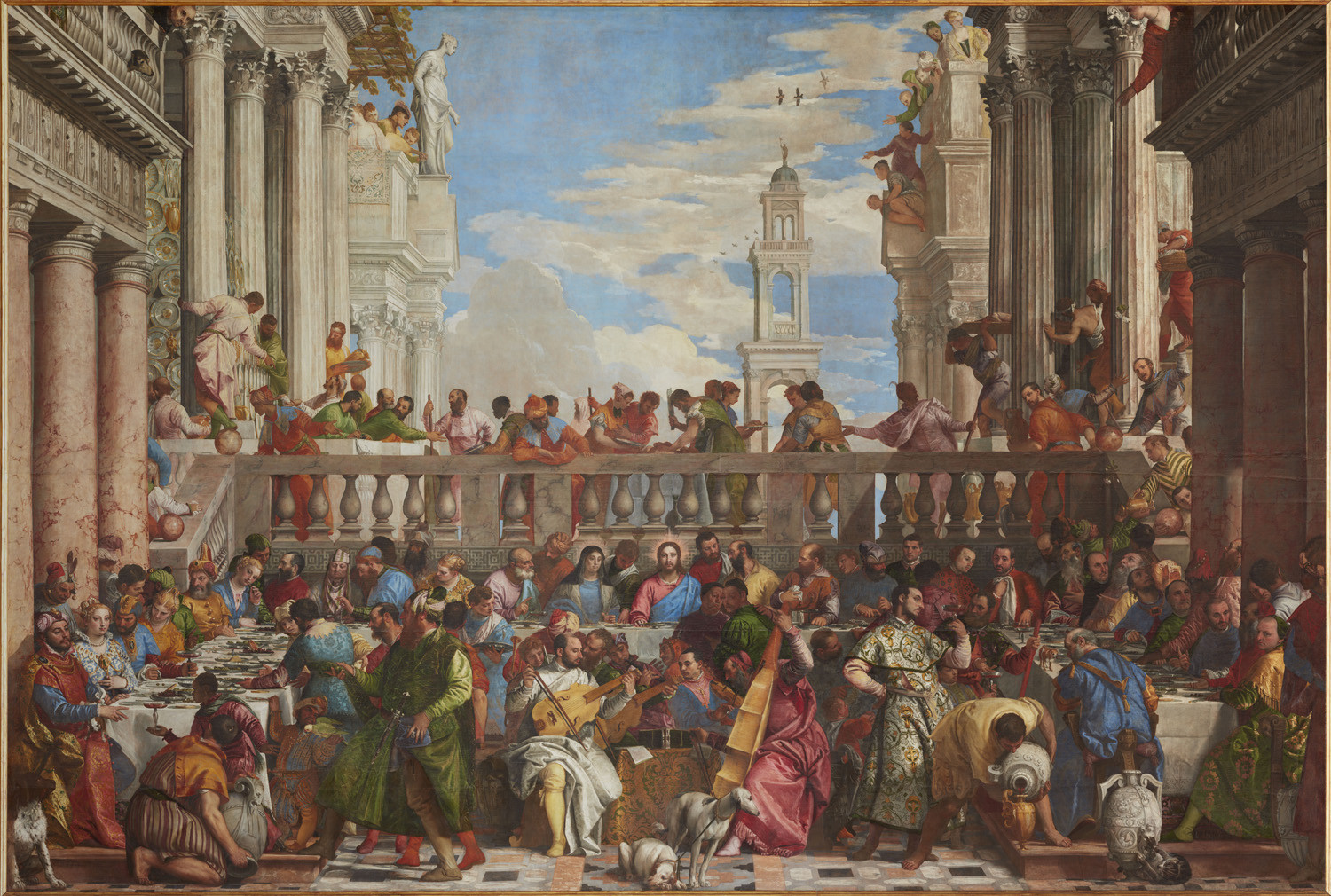The Mona Lisa, Leonardo da Vinci’s masterpiece, is arguably the most famous painting in the world. Millions flock to see her enigmatic smile each year, but for first-time visitors to the Louvre Museum, finding this iconic artwork can be a quest in itself. So, Where Can You See The Mona Lisa? The answer lies within the grand Salle des États, the largest room in the Louvre, specifically designed to showcase not only the Mona Lisa but also a collection of breathtaking Venetian masterpieces.
Discovering the Salle des États: The Mona Lisa’s Grand Hall
Room 711, also known as the Salle des États, in the Denon wing on Level 1 of the Louvre Museum, is the prestigious address of the Mona Lisa. This immense hall is not just any gallery; it’s a destination in itself. Imagine a space large enough to comfortably accommodate the throngs of admirers eager to catch a glimpse of Lisa Gherardini’s portrait – that’s the scale of the Salle des États. Beyond the Mona Lisa, this room is a treasure trove of 16th-century Venetian paintings, including Paolo Veronese’s colossal The Wedding Feast at Cana, a painting that rivals the Mona Lisa in grandeur, if not in fame.
 Portrait of Lisa Gherardini, Mona Lisa, displayed in the Salle des États at the Louvre Museum
Portrait of Lisa Gherardini, Mona Lisa, displayed in the Salle des États at the Louvre Museum
A Home for an Icon: Why the Salle des États?
The decision to house the Mona Lisa in the Salle des États dates back to 1966. It was a choice driven by the painting’s unparalleled status. A “superstar” artwork, as the Louvre aptly describes it, requires a setting that befits its importance. King François I was among the first to recognize the Mona Lisa‘s allure. He invited Leonardo da Vinci to France in 1518 and acquired the painting, marking its entry into the French royal collections. These royal collections eventually formed the foundation of the Louvre Museum after the French Revolution, making the Louvre the Mona Lisa‘s permanent home.
Since 2005, the Mona Lisa has been presented in a climate-controlled, bulletproof glass case, standing alone in the center of the Salle des États. This protective enclosure is essential for both security and preservation. Painted not on canvas but on a poplar wood panel, the Mona Lisa has developed a warp and a crack over time. The specialized glass case maintains a stable temperature and humidity, crucial for preventing further deterioration of this delicate masterpiece. This careful preservation ensures that future generations can also experience the magic of the Mona Lisa.
Delving Deeper: Understanding the Mona Lisa’s Allure
What makes the Mona Lisa so captivating? Beyond her famed enigmatic smile, the portrait is a marvel of artistic technique. Leonardo da Vinci employed his signature sfumato technique, using layers of glazes to create soft, almost smoky contours and subtle shading. This technique gives the painting a lifelike quality, capturing Lisa Gherardini in a natural pose, seemingly turning towards the viewer. Her gaze, her smile, and the masterful sfumato all contribute to the enduring mystery and fascination surrounding the Mona Lisa.
 Close-up detail of Leonardo da Vinci's Mona Lisa, highlighting the sfumato technique
Close-up detail of Leonardo da Vinci's Mona Lisa, highlighting the sfumato technique
The Theft of the Century: Adding to the Mona Lisa’s Legend
The Mona Lisa‘s fame was further amplified by a dramatic event in 1911. On August 21st, the painting vanished from the Louvre, causing widespread panic and becoming known as “the theft of the century.” For over two years, the Mona Lisa‘s whereabouts remained a mystery, fueling speculation and intrigue. Eventually, Vincenzo Peruggia, a former Louvre employee, was apprehended when he attempted to sell the painting in Italy. The Mona Lisa‘s recovery only solidified her legendary status and drew even more attention to the artwork and its home at the Louvre.
 Louvre Museum illustration depicting the theft of the Mona Lisa
Louvre Museum illustration depicting the theft of the Mona Lisa
Beyond the Mona Lisa: Exploring the Salle des États
While the Mona Lisa is undoubtedly the star attraction of the Salle des États, the room itself has a rich history and houses other exceptional artworks. In 2019, the Salle des États underwent a renovation, with its walls repainted in a deep midnight blue. This bold color choice was specifically selected to enhance the vibrant colors of the Venetian paintings displayed, creating a stunning visual contrast and enriching the viewing experience.
Historically, the Salle des États was designed by architect Hector Lefuel and constructed between 1855 and 1857. During the Second French Empire, it served as a legislative chamber under Napoleon III, adorned with lavish decorations befitting the Empire’s grandeur. After the fall of the Empire in 1870, the room transitioned into a museum space, initially showcasing 19th-century French paintings. Later, architect Edmond Guillaume adapted the room for its museum purpose, sealing the windows to maximize wall space for art and installing a glass ceiling to introduce natural light and minimize reflections. After World War II, the Salle des États was rededicated to Venetian paintings, creating the remarkable collection visitors can admire today.
Venetian Painting Masters in the Salle des États
The Salle des États is a celebration of Venetian Renaissance painting. Masters like Titian, Tintoretto, and Veronese, known for their vibrant palettes and dynamic compositions, are prominently featured. Veronese’s monumental The Wedding Feast at Cana, positioned directly opposite the Mona Lisa, dominates the room with its immense size and intricate details. Around the room, you’ll discover other Venetian treasures, including Titian’s Pastoral Concert and Man with a Glove, Tintoretto’s dynamic sketch for The Coronation of the Virgin, and striking portraits like Veronese’s Portrait of a Venetian Woman, known as La Bella Nani. The Salle des États offers an immersive experience into the brilliance of Venetian art.
 Veronese's The Wedding Feast at Cana, the largest painting in the Louvre, displayed in the Salle des États
Veronese's The Wedding Feast at Cana, the largest painting in the Louvre, displayed in the Salle des États
Plan Your Visit to See the Mona Lisa
To answer the initial question definitively: You can see the Mona Lisa in the Salle des États (Room 711) of the Louvre Museum in Paris. When planning your visit to the Louvre, make sure to head to the Denon wing, Level 1, to experience this iconic artwork and the magnificent Salle des États. While the Mona Lisa is a must-see, take your time to appreciate the other masterpieces in this grand hall, immersing yourself in the world of Venetian painting and the rich history of the Louvre itself. The Salle des États offers far more than just the Mona Lisa; it provides a journey through art history within a room designed to inspire awe and wonder.

